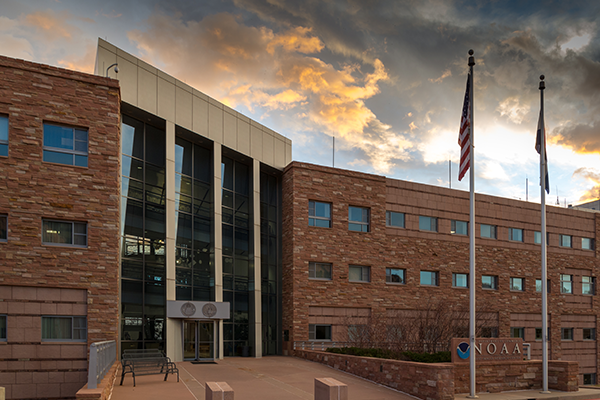
How climate change is intensifying U.S. heat waves during droughts in CESM1
Linyin Cheng
Tuesday, Apr 17, 2018, 2:00 pm
DSRC Room 2A305
Abstract
This study explores the relationship between droughts and heat waves over various regions of the contiguous United States that are distinguished by so-called energy-limited versus water-limited climatologies. We first examine the regional sensitivity of heat waves to soil moisture variability under 19th century climate conditions, and then compare to sensitivities under current climate that has been subjected to human-induced change. Our approach involves application of the conditional statistical framework of vine copula. Vine copula is known for its flexibility in reproducing various dependence structures exhibited by climate variables. Here we highlight its feature for evaluating the importance of conditional relationships between variables and processes that capture underlying physical factors involved in their interdependence during drought/heat waves. Of particular interest is identifying changes in coupling strength between heat waves and land surface conditions that may yield more extreme events as a result of land surface feedbacks. We diagnose two equilibrium experiments of a coupled climate model (CESM1), one subjected to Year-1850 external forcing and the other to Year-2000 radiative forcing. We calculate joint heat wave/drought relationships for each climate state, and also calculate their change as a result of external radiative forcing changes across this 150-yr period. Our results reveal a strong dependency of heat wave intensity and drought severity in moisture-limited regions of the Southern Plains and Southwest, while in energy-limited regions of the north/northeast U.S., heat wave intensity is insensitive to drought severity. We find the anthropogenic warming leads to enhanced soil moisture-temperature coupling in moisture-limited areas of the U.S., and consequently amplified heat wave intensity during severe droughts over the south and west U.S.. To contrast, the coupling effects remain weak and largely constant over the energy-limited region, thereby yielding no appreciable contribution to the intensification of heat waves, apart from the long-term warming effects over the north/northeast U.S..
You must provide an accepted form of identification at the Visitor Center to obtain a vistor badge. Security personnel also inspect vehicles prior to entrance of the site. Please allow extra time for these procedures.
After receiving a badge, you must arrive at the DSRC Lobby at least 5 minutes before the seminar starts to meet your security escort. If you arrive after that time, you will not be allowed entry.
Foreign Nationals: Please email the seminar contact at least 48 hours prior to the seminar to provide additional information required for security purposes.
Seminar Contact: richard.lataitis@noaa.gov